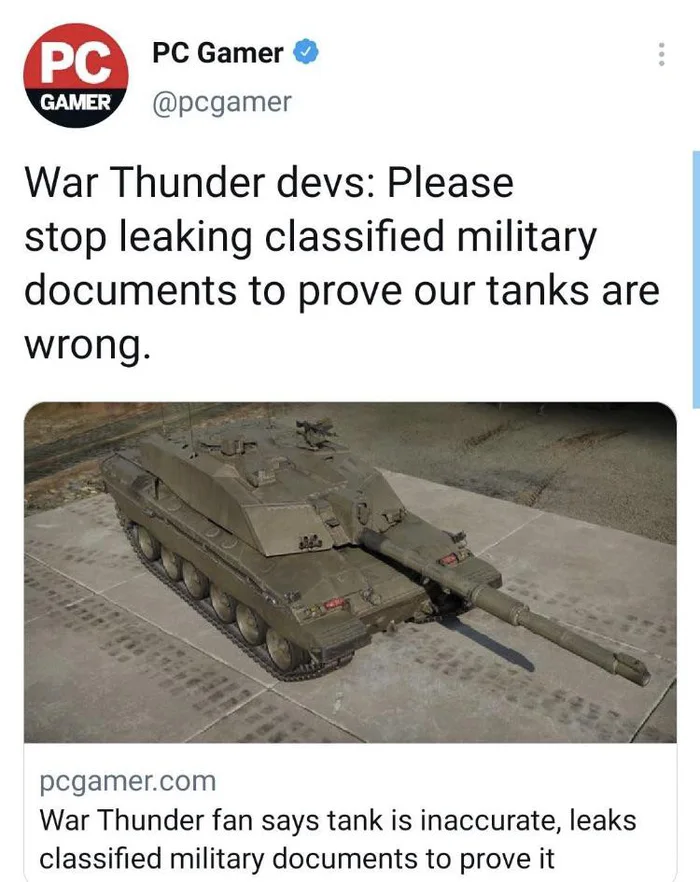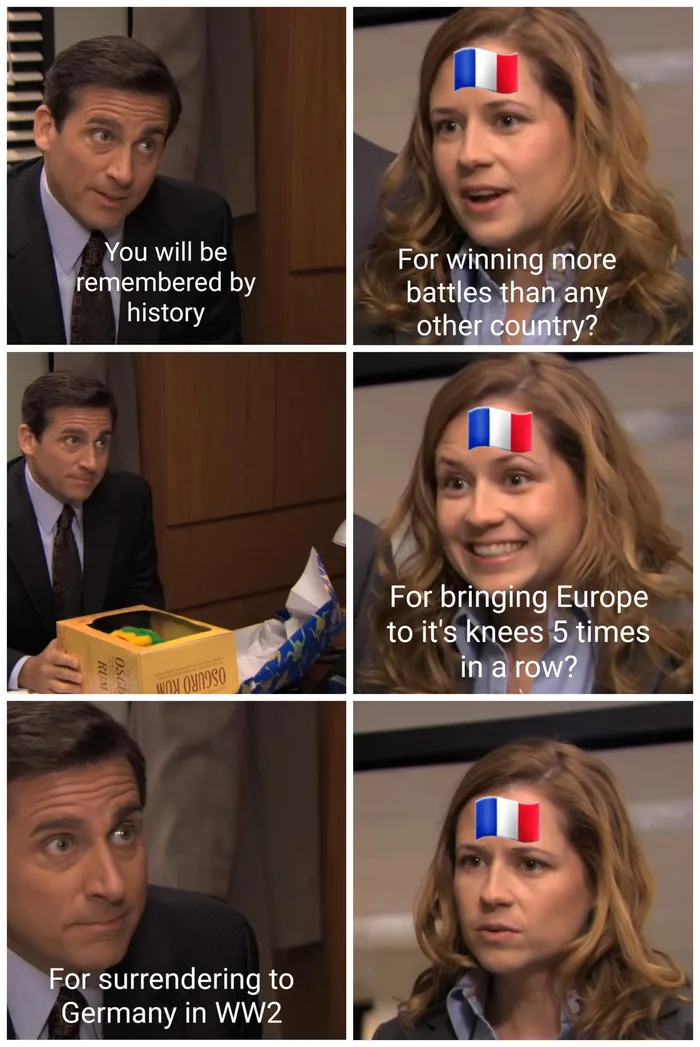2021/08/28
A high-end conventional land warfare doctrine (III)
2021/08/21
A high end conventional land warfare doctrine (II)
- "rear" (blue) areas (say, Western Poland)
- militia-monitored areas with more or less harassment of invaders (say, Northeastern/Eastern Poland, Lithuania, Latvia, Estonia)
- "red" areas with Fernspäher surveillance at least at points of interest
- "red" areas with only satellite surveillance
/2020/04/military-theory-of-skirmishing_18.html
2021/08/15
Fall of Kabul imminent
.
Now with the Fall of Kabul imminent I'd like to explain it so far as I can (and there's always a chance that I'm wrong). I can simply quote a comment I wrote here a month ago to answer a question:
"The Taleban collapsed in 2001 not because of bombs but because of a cascade of desertions, local groups changing sides. The expectation was that at the very least the foreigners would take over the cities and the ring road like the Soviets did.
This is very likely what's happening now. The previously West-supported central government (basically the non-Pashtu factions) is likely collapsing without giving much of a fight because local allegiances switch again. Their troops were motivated by the foreign money, not by patriotism, faith or ideology.This local allegiance thing is the whole reason for all that[junior officer]-level diplomacy that was done for decades with the elders of villages and such. The foreigners were trying to have such local factions on their side, and this effort has ended with obvious consequences.Those few anti-Taleban forces that won't collapse (basically some narco warlord armies) will probably withdraw to some defensible section (IIRC they held a Northeastern valley by 2001) or to neighbouring countries other than Pakistan.The mobile Taleban troops are very, very few compared to the astonishingly large population, but the very much armed population doesn't fight for its freedom from pseudo-theocrats, so they will lose it."
Was it wrong to withdraw? No. It's not our job to fight and pay for their freedom. The Taleban number about 0.1% of the Afghan population. It was easy-peazy to fight them off, if only the Afghans had attempted to. The Afghan society is dysfunctional and unable to maintain freedom, thus it's not going to live in freedom. (And "freedom" is really a loaded and perspective-dependent word anyway.)
You care about people being oppressed? Fine, tell me how many hours of the year you are exasperated about the hellhole dictatorship otherwise known as Eritrea!
The West sent troops into Afghanistan because there were some Pashtu-nationalist/pseudo-theocrats in power who maintained hospitality for a guy (died a decade ago) who paid and motivated some dudes (mostly Saudis) to kill Americans.
By all historical normal standards nothing more than a punitive expedition was inevitable. Toppling the Pashtu-nationalist/pseudo-theocrat regime was still within the range of normal. Establishing a government that was more friendly before leaving was also within the range of normalcy in the post-colonialism era.
Staying there and declaring that nothing but the total elimination of the former hospitality-granters would suffice was deranged.
To keep doing it for two decades was total batshit crazy.
And now remember; elimination of the Taleban was impossible all along because they also existed in Pakistan, and Pakistan wasn't even put under serious pressure, ever. How could it be? It's de facto allied with the PRC (a UNSC veto power) and a nuclear-armed power itself.
So the sane thing would have been to leave Afghanistan by summer 2002 at the latest, and leaving the defence of the government to the warlord militias (which were worth a lot more than this 20-years-Western-trained Western-subsidised piece of shit racket known as Afghan National Army).
Now there's at least hope that Afghanistan will find peace after four decades of civil wars, albeit under the rules of Pashto tribal customs. So let's welcome the rapid fall of Kabul. The longer it takes to fall, the more the people of Kabul will suffer.
related (I consistently opposed the Afghanistan occupation bullshit):
/2008/10/times-online-british-envoy-says-mission.html
/2009/02/afghanistan-nightmare-scenario-nonsense.html
/2009/11/extremist-warfare.html
/2010/07/withdrawal-deadlines-it-depends-on.html
/2013/11/extremist-rebels.html
S O
.
2021/08/14
A high end conventional land warfare doctrine (I)
.
I wrote before about the support group fractal, and I did so before writing this post because it provides an important quantitative foundation for this new series (evident in part II).
About 13 years ago I was thinking about how to replace the functions of the defended front-line that we saw during the world wars and the Korean War. I wrote about this issue here a couple times as well (see at bottom).
My first attempt to replace the front-line with a different concept replaced the front-line with a narrow (few dozen km) skirmishing corridor. This corridor would consist of few layers of areas assigned to individual platoons for surveillance and harassment (skirmishing). The stiff trench frontline of 1914/1915 had been replaced by an elastic defence by 1918 already, and this elastic defence that permitted an enemy advance by a few kilometres until the push reached a main line of (then stiff) resistance was already official German defence by the 1920's. I basically gave up on the stiff backbone, mechanised formations would instead manoeuvre against penetrations of the narrow skirmishing corridor. It's basically today's state of the doctrine in NATO plus this stability-giving narrow skirmishing corridor in the front. The all-mechanised forces seem too inefficient, too fragile, too quickly exhausted and too unreliable to me when they're not enjoying the functions of a front-line at all. It's like fencing without protection and parrying.
Infiltration and exfiltration through this narrow corridor were supposed to be observed, reported, costly and slowed-down by caution. The troops that would form this (movable) skirmishing corridor would be motorised infantry platoons, and these platoons ended up being conceptually so similar to the German-Austrian Jagdkommando/Jagdkampf concept that it seemed utterly non-original to me even though I had a different operational level* concept in mind. I called these "light skirmishers" and moved on to think about how skirmishing could be done with mechanised forces. I wrote about that here as well even before 2010, but more about that later.
My "light skirmisher" concept has long since been fused with the alternative non-nuclear, non-mechanised defence doctrines developed during the 1970's and early 1980's by Spanocchi, Simpkin and others. This means it's no more meant to be a narrow corridor manned by professional troops, but a few hundreds of kilometres wide skirmishing corridor manned by reservists. Again, they didn't seem all that original, but my intent was still a different one.
Imagine a militia in a country that's actually thinking of defending itself on its own soil, not just of defending its alliance away from home soil. Think Poland, Baltics, Romania (not so much Finland, its geography is too special). This militia would consist of territorially-specialised battalions of varying sizes (depending much on how many volunteers can be found in the region). The battalion would have little combat support, but a large quantity of light skirmisher platoons with a high degree of autonomy including quality long-range radios (beyond-the-horizon HF and satellite). This militia would serve as point security and river line surveillance forces until they become stay-behind forces that were bypassed by superior opposing forces.
These stay-behind militia forces would not fight combat troops much, but they would harass support troops, raid forward bases (supply dumps, forward helicopter bases and so on), HQs, demolish bridges and so on. They might cause some direct damage and create a substantial diversion effect, but most of all they would maintain surveillance of the area and report changes to corps HQ. The last point alone would already shape the battlefield extremely in favour of the militia's side, as the invader would be at a grave disadvantage on the invaded soil.
A similar effect could be had with long range scouts / LRRP / Fernspäher beyond the friendly territory or in very low population density areas and in forward areas where they militia fails to maintain satisfactory surveillance. The surveillance of less stressful locations can even be used in a rotation so the Fernspäher specialists (NOT gold-plated special forces-ish B.S.**) aren't in the most stressful locations for weeks.
So this is the first basic way to divide the theatre of land warfare:
- "rear" areas (say, Western Poland)
- indigenous militia-monitored areas with more or less harassment of invaders (say, Northeastern/Eastern Poland, Lithuania, Latvia, Estonia)
- militia acting as security&surveillance forces
- militia acting as guerilla&surveillance forces when bypassed by OPFOR
- "red" areas with Fernspäher surveillance at least at points of interest
- "red" areas with only satellite surveillance
Part II will cover the manoeuvre, heavy skirmishing and raiding forces and how the support groups particularly at brigade and corps level influence geographic deployment.
related:
/2011/10/functions-in-military-theory-front.html
/2014/05/blog-defence-and-freedom-theses.html
S O
defence_and_freedom@gmx.de
*: For the purpose of this blog post think "thinking at the corps level".
**: No adventure vacation bullshit like helicopters, kayaks or parachuting. Movement by rather civilian-looking 4x4 vehicle to within few km of the objective, hiding the car, nighttime movement to establish observation and hiding posts, surveillance for days, then everything backwards. Most movement in car would be done together with a relatively combat-worthy armoured recce-ish unit that's infiltrating or exfiltrating itself. The surveillance teams would peel off from an infiltrating armoured recce convoy, later join an exfiltrating one. These surveillance teams would be active duty troops, but not special forces.
.
2021/08/07
Link dump August 2021
.
 - - - - -dailymail.co.uk/news/article-9845773/How-brass-blew-3-5billion-dud-menace-troops.html- - - - -
- - - - -dailymail.co.uk/news/article-9845773/How-brass-blew-3-5billion-dud-menace-troops.html- - - - -It's not worthy of a separate blog post, but I'd like to point out that the Würzburg knife attack incident was a bit strange. I failed at my quest to find a list of names of people who faced the attacker instead of running, but I found photos and videos. Those photos and videos appear to be sexist, for every single person who faced the "knife"-armed attacker seemed to be superficially identifiable as a man. I read of women running to businesses for safety, and of men arming themselves with everyday items, keeping the (apparently crazy, not religious) attacker in check till the police arrived. The police shot once at his leg. (They did not shoot 17 rounds centre mass - and guess what? Shooting the leg once did work just fine! There's no death penalty in Germany, so killing cannot be the objective or considered appropriate if it's avoidable without further harm to others. Dead people are furthermore poor for interrogations.) I haven't found anything about who shot, but count me sexist-biased for thinking it was a man, too.
The ancient and possibly hard-wired predispositions and behaviour patterns may be a lot more relevant (and at times useful) than the talk about genders of the past 10+ years made believe.
And to the anon reader who keeps insisting that we're all mentally too soft for true soldiering nowadays: This should kick off a re-evaluation.
- - - - -
source.wustl.edu/2021/07/microbially-produced-fibers-stronger-than-steel-tougher-than-kevlar/
- - - - -
- - - - -
defensenews.com/land/2021/01/15/us-army-taps-industry-for-autonomous-drones-to-resupply-troops/
I think they missed the right weight class. Payload should be enough for casualty evacuation (if not moving mountain infantry from ridge line to ridge line at 2,000+ m altitude).
compare /2017/09/combat-resupply.html
- - - - -
- - - - -
- - - - -
openaccess.wgtn.ac.nz/articles/chapter/The_mechanisms_of_cult_production/12971675
- - - - -
https://mysite.science.uottawa.ca/rsmith43/Zombies.pdf
So this is clarified, then. You see zombies, u kill 'em.
The true zombies (also these) are very different and do very real damage, of course.
- - - - -
- - - - -
[German] vice.com/de/article/4avx83/agentur-fazze-youtuber-lugen-uber-impfung-sputnik-v
- - - - -
[German] twitter.com/useronline1/status/1414207597608116224
- - - - -
Kurz gesagt; die etablierten Medien haben ihn lange davor geschützt, dass mehr CDU-Wähler merken, wie katastrophal er ist. Sie sind aber vor kurzem noch lebhaft auf den Zug der völlig offensichtlichen Springer-Schmierenkampagne gegen Baerbock aufgesprungen.
Unterdessen offenbahren die Grünen sich mal wieder als undemokratische weil sexistisch-diskriminierende Partei. Artikel 21 Grundgesetz verlangt von Parteien, dass sie innerlich demokratisch sind. CDU, CSU, SPD und FDP sind das auch nur teilweise (Abnickvereine, bei denen z.B. die Führungsebene beschließt, wer Spitzenkandidat wird), aber sie sind nicht so plump-blöd-offensichtlich undemokratisch wie die Grünen.
Von den Interna der Linken habe ich keine Ahnung. Die Rechtsradikalen sind immer noch keine wirklich funktionierende Partei, da kann man mit einer Beurteilung wohl nochmal fünf Jahre warten.
Nebenbei, ich hoffe auf eine Ampelkoalition (nicht weil ich die Wirtschaftslobbyistenpartei oder die Verräterpartei oder die andere Verräterpartei mögen würde, sondern weil unbedingt der schwarze Totalstopp-Bremsklotz weg muss). https://www.wahlrecht.de/umfragen/
S O
defence_and_freedom@gmx.de
.


